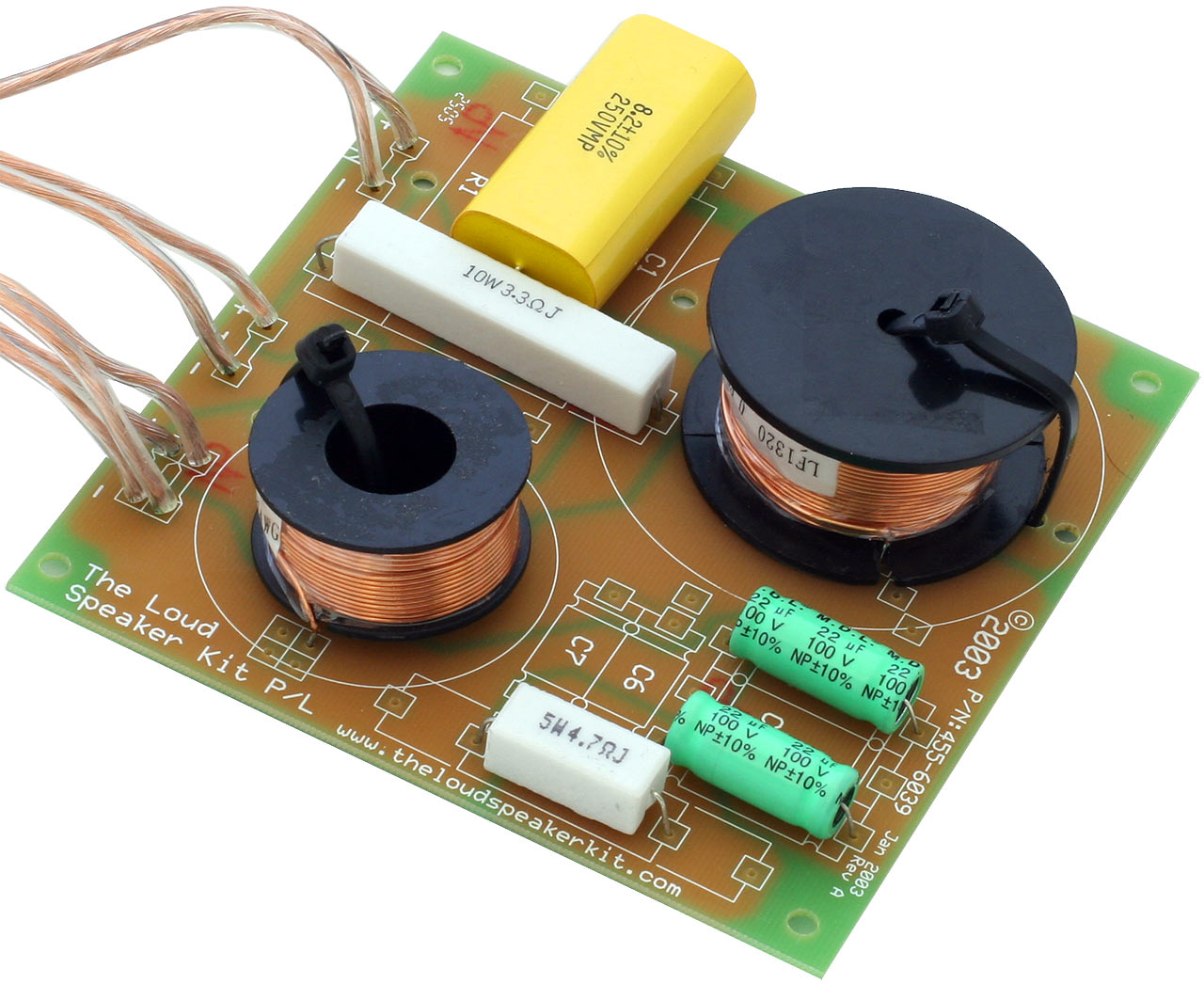

The speaker drive units, tweeter and woofer, now need all the help they can get from the crossover to maintain the original structure of the music because within the transients, amplitude, time and phase are the triggers that help your ear and brain decide how realistic the music appears to be. It was correct in transients, amplitude, time and phase. When your music arrived at the speaker it was in pretty good shape. Everything arrived on time, in the correct order and each sound started and stopped precisely where it was meant to. The question then arises 'What good or harm will be done to the music with each type of filter ?'


To a loudspeaker designer the choice of filter tells them a great deal before the listening begins. Loudspeaker manufacturers rarely mention them in their specifications, usually just quoting the single crossover frequency and not stating the strength/order of crossover filters used. Reviewers normally take a cursory look using the limited information from the user manual, and like the majority of us, do not really want to know how or what filter is being used. It all seems quite functional, harmless and unimportant, the crossover is hidden away and we don't see it working. For each octave they will lower the signal by 6dB, (-6dB).ġ inductor. Capacitors filter out low frequencies.Įach of these components share the same value of filter power. This reactance is the reason they are used. Inductors and capacitors are 'reactive' components, changing their electrical characteristics as each frequency arrives. The number denotes the strength of the filter, with 1st being the weakest and 4th the strongest.Ī 4th order filter, for a woofer, would feature 4 components, typically 2 inductors and 2 capacitors.Ī 3rd order filter, for a woofer, would feature 3 components, typically 2 inductors and 1 capacitor.Ī 2nd order filter, for a woofer, would feature 2 components, typically 1 inductor and 1 capacitor.Ī 1st order filter, for a woofer, would feature 1 component, typically 1 inductor. It receives the music signal from the amplifier and then filters it to pass the relevant frequencies to each drive unit of the speaker. Our 1st order crossover has a capacitor to pass high frequencies to the tweeter and an inductor to pass low frequencies to the woofer.Ĭrossovers are described as having an 'order', 1st order, 2nd order, 3rd and 4th. A crossover is an electrical filter circuit, located inside your speaker cabinet, usually close behind the speaker wire connections.


 0 kommentar(er)
0 kommentar(er)
